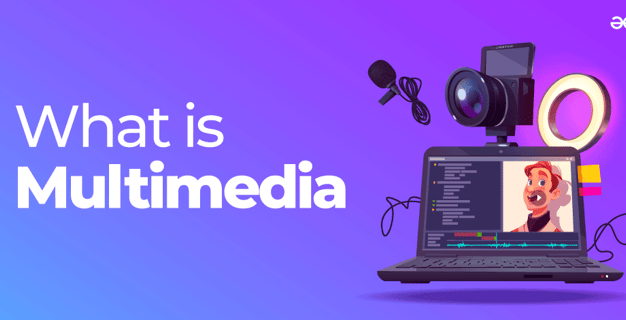aim UPSKILL TECHNOLOGIES
Multimedia
Multimedia and design are intricately linked with many diverse disciplines. These specializations include Animation, Photography, Visual Effects, Web Design, Writing, Strategic Communication, Media Arts, Digital Art and Intellectual Property. Bachelor’s and Master’s degree courses in Multimedia tend to focus on giving a wholesome understanding of all the core and allied disciplines of Multimedia Technology. On the other hand, short courses like a diploma or certificate course, concentrate on a particular form of Multimedia like Animation, Web Design, Editing, etc. Universities that offer Multimedia courses recognize the need for students to develop skills across different fields and that’s why they offer a wide variety of subjects and electives.


Subjects Covered
Mentioned below are some of the key subjects associated with Multimedia Technology:
Animation: Multimedia courses essentially involve learning and creating animated illustrations. Students get introduced to various concepts like 2D animation, 3D animation, typography, stop motion, etc.
Photography: Images are a key constituent of every multimedia platform. As a result, multimedia courses involve several activities that polish a student’s photographic abilities. In this topic, students learn about angles, horizons, aspect ratios, basic photo editing, etc.
Post Production: Typically, this stage takes place after the completion of a film shoot or the creation of the essential parts of a video or animation. In post-production, skills of integrating animation with sound, visual effects, motion graphics etc are taught in great detail.
Web Designing: Animation tools play an important role in making engaging and appealing websites. Students get to grasp an in-depth understanding of web designing during Multimedia courses to explore the importance of animation in creating a website. Moreover, companies are always on the lookout for quality web animators.
Software Training: Training in popular software applications related to multimedia is absolutely important to acquire the skills central to the field of Multimedia. Some commonly known software applications include Photoshop, Illustrator, Dreamweaver, Cascading Style Sheet (CSS), etc.


Eligibility
The eligibility depends upon the course you are pursuing. There are some multimedia courses you can pursue after 12th where some need work experience and undergraduate degree. Here is the eligibility criteria of multimedia courses:
A minimum of 50% in class 12th is required in every course.
A bachelor’s degree in the related field for postgraduate multimedia courses is mandatory.
Work experience in the related field is mandatory in some universities offering postgraduate multimedia courses.
Other Key Components of Multimedia Courses:
Film Making
Cartoon Designing
Design Technology
Interactive Media
Graphic Design
Editing
Writing
Journalism Ethics
Media Art
Career Prospects
Multimedia courses prepare students for rewarding careers in a plethora of fields. After completing a course in Multimedia, many enter the film industry or those with an Engineering background go for graphic-centric industries like gaming and animated movies and some may even choose to enter journalism, media, etc. Some of the popular career prospects are mentioned below:
Animator
Web Designer
Cartoonist
Game Designer
Digital Photography
Film Assistant
Advertising Graphic Creator
Media Analyst
Sound or Video Editor
Recording Engineer
Publishing Graphics Creator
Communications Engineer




AIM Upskill Technologies
Empowering professionals through expert computer training & Development with Placement.
for more details contact
Academy
aimsoftwaretechnologiesvsp@gmail.com
9700029913
7989599972
© 2024. All rights reserved. AIM Upskill Technologies
Dwarakanagar Branch:
9700029913
9391699972
Gajuwaka Branch:
